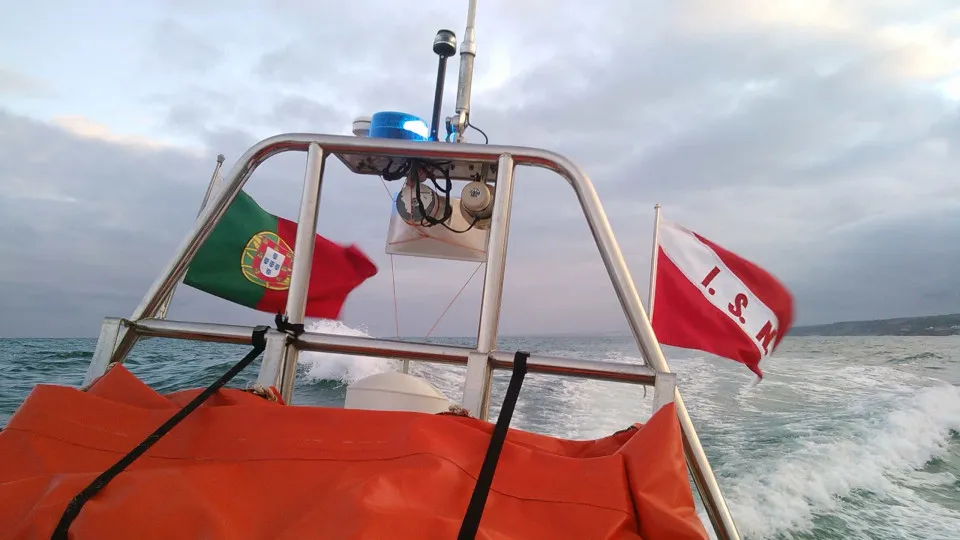
Incorporated into the ‘O Museu Fora do Armário’ project, the exhibition curated by director, playwright, and set designer André Murraças opens at 3:30 pm on Saturday and runs until December 7. This event is being held while the museum is closed for renovation.
The exhibition is set in the gardens of the Monteiro-Mor Botanical Park and offers a journey through the history of costume and its relationship with gender, using items and images from the museum’s collection chosen by André Murraças.
The themes explored include the use of skirts in Persian armies, their place in traditional Mirandese attire, pink as a symbol of celebration in men’s clothing, and the ‘dandy’ style as a form of elegance.
The National Costume Museum was closed in June to prepare for renovations of the Angeja-Palmela Palace under the Recovery and Resilience Plan (PRR). As the collections, comprising around 40,000 pieces, are being reorganized, the Monteiro-Mor Botanical Park remains open to visitors as usual.
The ‘O Museu Fora do Armário’ project collaborates with national museums to highlight LGBTQIA+ works, artists, and themes that, although part of the collections, are seldom showcased publicly.
Simultaneously, the magazine ‘Marginália #3’ will be published, featuring texts and images that delve into the issues explored in the exhibition, available at the museum’s shop.
The exhibition includes texts by André Murraças, Elsa Mangas Ferraz, Xénia Flores Ribeiro, João Júlio Rumsey Teixeira, Maria João Martins, and Miguel Mantero, with editing by João Pedro Góis and research by Murraças alongside the National Costume Museum team.
Produced by the Associação Cultural e Recreativa Canário Bonacheirão, in co-production with Portuguese Museums and Monuments and the National Costume Museum.
Founded in 1977, the museum houses a collection of clothing and accessories from the 18th century to the present, representing various historical periods, styles, and trends.
The museum primarily features civilian attire and accessories, documenting the evolution of dressing styles, particularly among the aristocracy and the upper and middle bourgeoisie.
The collection’s core is female attire, complemented by undergarments from the 19th and 20th centuries, with men’s attire also represented, including a range of accessories like buttons, fans, bags, hats, shoes, and shawls.
A collection of children’s clothing completes this scope of civilian attire, and the museum’s holdings also include dolls and their dresses, toys, paintings, and furniture.
The museum is housed in the Angeja-Palmela Palace in Lumiar, a former recreational estate in Lisbon. The Pombaline-style building was erected in the 18th century by Pedro José de Noronha, later acquired by the Palmela family in the 19th century, who carried out enhancements, including the reconstruction of the neo-Gothic pavilion.
The Monteiro-Mor Botanical Park, designed in the 18th century by Italian Domenico Vandelli, was the third botanical garden constructed in Portugal, featuring lakes, meadows, nooks, and paths, as well as a historical garden, botanical garden, orchard, and woodland.
The PRR is a European program implemented nationally, with a timeline extending to 2026, aimed at fostering a set of reforms and investments to restore sustainable economic growth post-COVID-19 pandemic.




